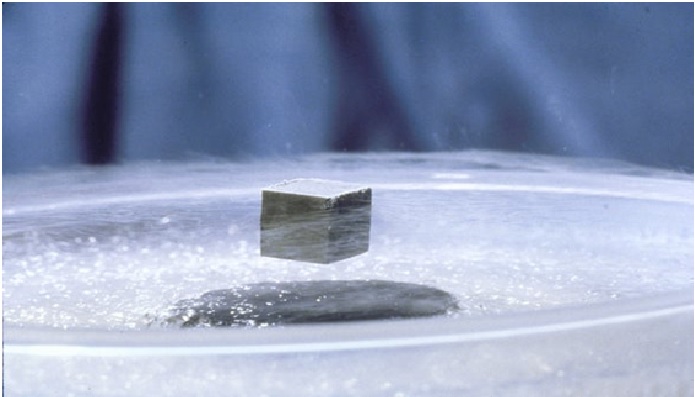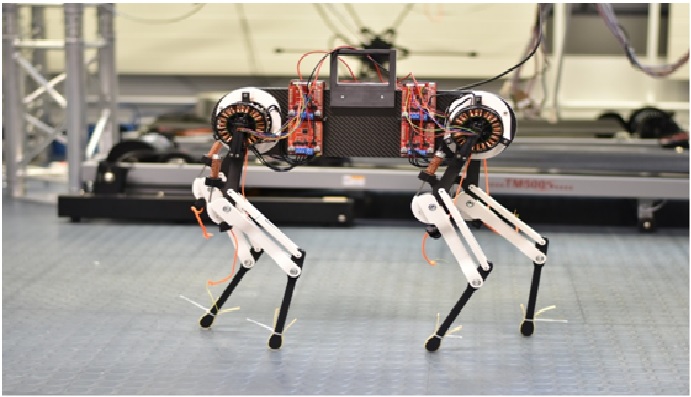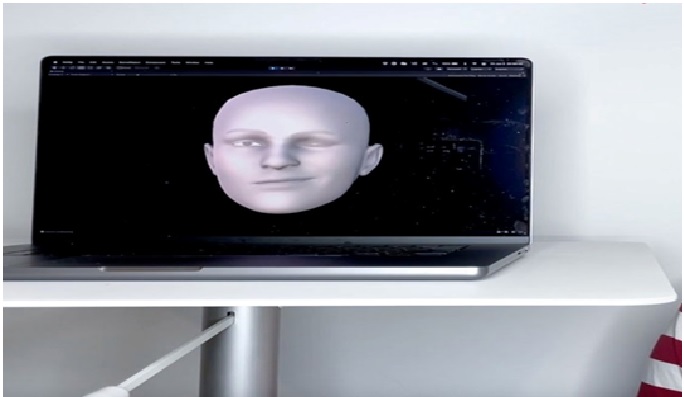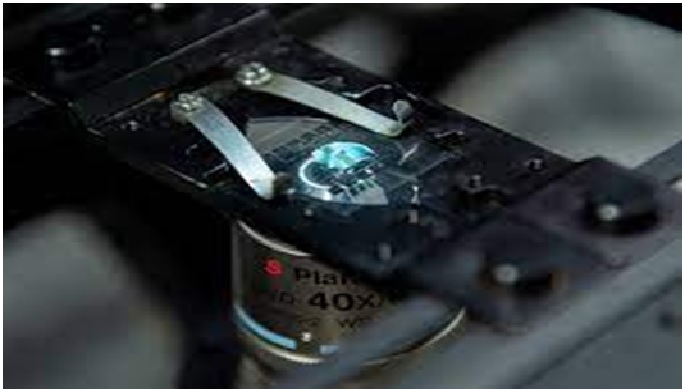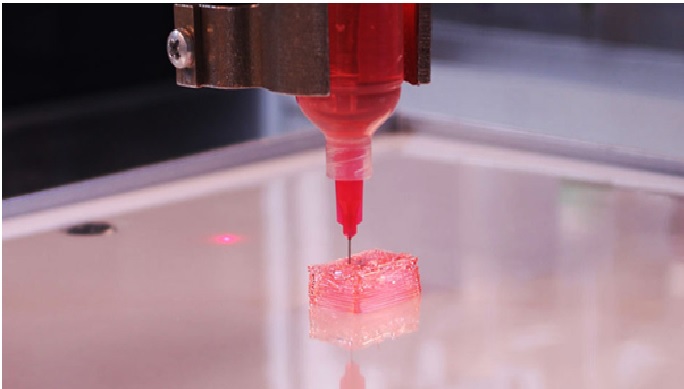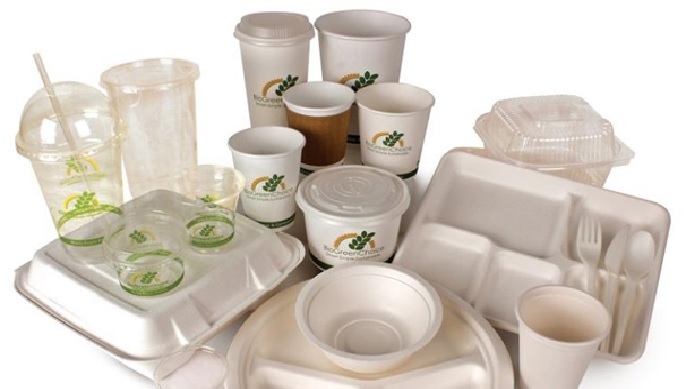Toward manufacturing semitransparent solar cells the size of windows
In an important step toward bringing transparent solar cells to home windows, researchers at the University of Michigan have developed a way to manufacture their highly efficient and semitransparent solar cells.
Traditional silicon-based solar cells are completely opaque, which works for solar farms and roofs but would defeat the purpose of windows. However, organic solar cells, in which the light absorber is a kind of plastic, can be transparent. [1]

Figure 1. Toward manufacturing semitransparent solar cells the size of windows
Figure 1 shows Organic solar cells have lagged behind their silicon-based cousins for energy-producing functions on account of engineering challenges resembling low effectivity and brief lifespans, however current work out of Forrest’s lab has achieved document efficiencies of 10% and estimated lifetimes of as much as 30 years.
So the staff has turned its consideration to creating transparent solar cells manufacturable. A big problem is creating the micron-scale electrical connections between particular person cells that comprise the solar module. Conventional strategies that use lasers to sample the cells can simply harm the natural gentle absorbers. [2]
The group related eight semitransparent {solar} cells, every 4 cm x 0.4 cm and separated by 200µm-wide interconnections, to create a single 13 cm2 module. The power conversion efficiency of seven.3% was roughly 10% lower than for the person {solar} cells within the module. This small effectivity loss doesn’t improve with the dimensions of the module; therefore, related efficiencies are anticipated for meter-scale panels as nicely. With a transparency nearing 50% and a greenish tint, the cells are appropriate to be used in business home windows. [3]
Eventually, the flexible solar cell panel will be sandwiched between two window panes. The goal for these energy-generating window films is to be about 50% transparent with 10%-15% efficiency. Forrest believes this can be achieved within a couple years.
The technique can also be generalized to other organic electronic devices, he says. And in fact, his group is already applying it to OLEDs for white lighting. The University of Michigan has applied for patent protection and is seeking partners to bring the technology to market. [4]
References:
- https://www.sciencedaily.com/releases/2022/07/220719113406.htm
- https://www.theblog101.com/toward-manufacturing-semitransparent-solar-cells-the-size-of-windows/
- https://smartech.energy/toward-manufacturing-semitransparent-solar-cells-the-size-of-windows/?utm_source=rss&utm_medium=rss&utm_campaign=toward-manufacturing-semitransparent-solar-cells-the-size-of-windows
- https://techxplore.com/news/2022-07-semitransparent-solar-cells-size-windows.html
Cite this article:
Thanusri swetha J (2022), Toward manufacturing semitransparent solar cells the size of windows, AnaTechMaz, pp.158



